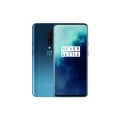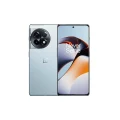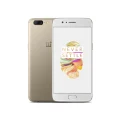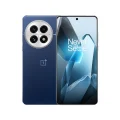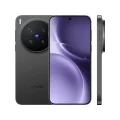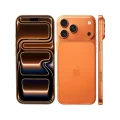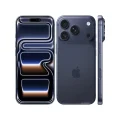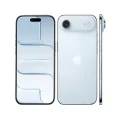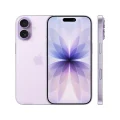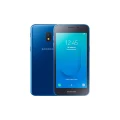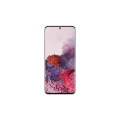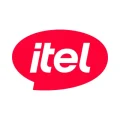- Home
- All Products
- OnePlus
- OnePlus 13R
OnePlus 13R


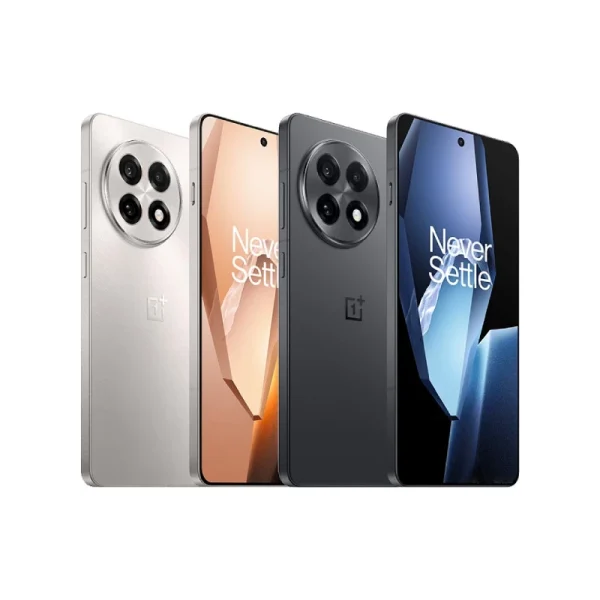
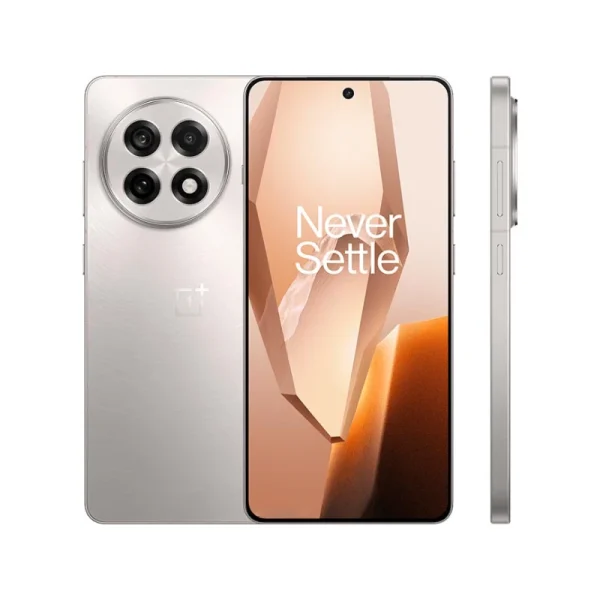
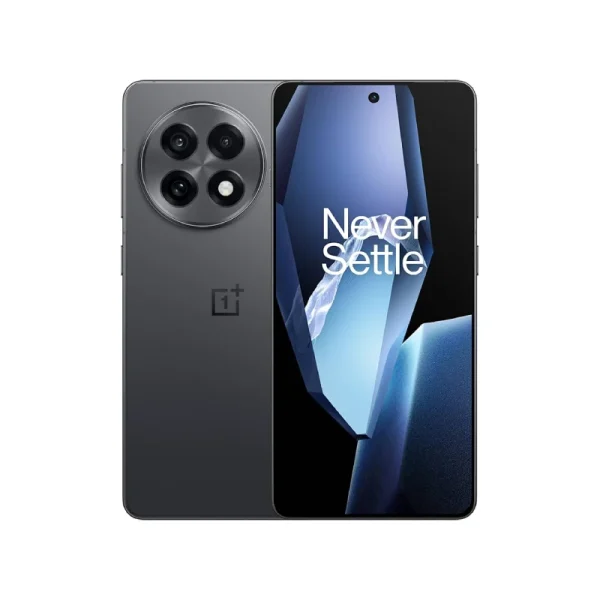
-
Battery: Li-Ion 6000 mAh
-
RAM: 12GB, 16GB
-
Storage: 256GB, 512GB
-
Display: LTPO 4.1 AMOLED, 6.78 inches
-
Camera: Rear 50 MP+50 MP+8 MP, and Front 16 MP
-
OS: Android 15, up to 4 major Android upgrades, OxygenOS 15
Full Specifications
Price
| Unofficial | 57999 BDT 12GB/256GB Approx. |
General
| Model | 57999 BDT 12GB/256GB Approx. |
| Announced | 2025, January 07 |
| Released | 2025, January 14 |
| Status | Available |
Design
| Dimensions | 161.7 x 75.8 x 8 mm (6.37 x 2.98 x 0.31 in) |
| Weight | 206 g (7.27 oz) |
| SIM SIM (Subscriber Identity Module) is a small card that contains mobile network subscriber's account information. This allows the phone using the card to attach to a mobile network. The SIM card is most commonly associated with GSM and UMTS mobile networks. Moving a SIM card from one phone to another allows a subscriber to switch mobile phones without having to contact their mobile network carrier. SIM cards can also be used by a phone to store limited amounts of data, such as phone numbers and text messages. |
Nano-SIM + Nano-SIM + eSIM (max 2 at a time) Nano-SIM + Nano-SIM |
| Colors |
Astral Trail, Nebula Noir |
Display Specification
| Display Type Display Technology => A number of display technologies and types used in mobile phones => TFT (Thin Film Transistor), IPS (In-Place Switching), OLED (Organic Light Emitting Diode), AMOLED (Active-Matrix Organic Light-Emitting Diode), Super AMOLED (an even advanced version of AMOLED), Resistive Touchscreen (Resistive touchscreens contain two layer of conductive material with a very small gap between them which acts as a resistance), Capacitive Touchsceen (Capacitive touchscreen technology consists of a layer of glass coated with a transparent conductor) | LTPO 4.1 AMOLED |
| Size | 6.78 inches, 111.7 cm2 |
| Resolution | 1264 x 2780 pixels |
| Refresh Rate | 120Hz |
| Pixel Density Pixel Density (PPI) is refers to the concentration of pixels on a particular display, measured in pixels per inch (ppi). Pixel density is calculated by dividing the diagonal pixel resolution of a display by its diagonal size, higher pixel density better display quality. | 450 ppi density |
| Display Protection Display Protection => Gorilla Glass is a special alkali-aluminosilicate glass shield with exceptional damage resistance that helps protect mobile displays from scratches, drops, and bumps of everyday use, It is always better to go for a smartphone with Gorilla Glass for that added protection and peace of mind. | Corning Gorilla Glass 7i |
| Features |
1B colors, 2160Hz PWM, HDR10+, Dolby Vision, HDR Vivid, 1600 nits (HBM), 4500 nits (peak) 91.2% screen-to-body ratio |
Platform
| Operating System OS => Every computer system run on a base software called Operating System (OS). Operating System controls all basic operations of the computer (such as smartphone, PDAs, tablet computers and other handheld devices). The Operating System allows the user to install and run third party applications (apps), apps are used to add new functionality to the device. | Android 15, up to 4 major Android upgrades, OxygenOS 15 |
| Chipset Chipset is a group of integrated circuits designed to perform one or a more dedicated functions, often with real time computing constraints, Popular smartphones are equipped with more advanced embedded chipsets that can do many different tasks depending on their programming. | Qualcomm SM8650-AB Snapdragon 8 Gen 3 (4 nm) |
| CPU CPU (Central Processing Unit) mostly known as processors, CPU processes instructions in order to carry out certain functions that make your device operate properly. Processors are often described as the brain of computers, smartphones and tablets, Smartphones and tablets rely on processors to carry out their every task, Processors are an incredibly important factor in selecting any type of computing device, including your smartphone. | Octa-core (1x3.3 GHz Cortex-X4 & 3x3.2 GHz Cortex-A720 & 2x3.0 GHz Cortex-A720 & 2x2.3 GHz Cortex-A520) |
| GPU GPU (Graphics Processing Unit) is a single-chip processor designed to rapidly manipulate and alter memory to accelerate the creation of images in a frame buffer intended for output to a display, This includes things such as lighting effects, object transformations, and 3D motion. | Adreno 750 |
Main Camera
| Camera Setup | Triple |
| Resolution |
50 MP, f/1.8, 24mm (wide), 1/1.56", 1.0µm, multi-directional PDAF, OIS 50 MP, f/2.0, 47mm (telephoto), 1/2.75", 0.64µm, PDAF, 2x optical zoom 8 MP, f/2.2, 16mm, 112˚ (ultrawide), 1/4.0", 1.12µm |
| Features |
Color spectrum sensor, LED flash, HDR, panorama |
| Video | 4K@30/60fps, 1080p@30/60/120/240fps, gyro-EIS, OIS |
Selfie Camera
| Camera Setup | Single |
| Resolution |
16 MP, f/2.4, 26mm (wide), 1/3.1", 1.0µm |
| Video | 1080p@30fps, gyro-EIS |
| Features |
HDR, panorama |
Network & Connectivity
| Technology | GSM / CDMA / HSPA / LTE / 5G |
| Speed | HSPA, LTE (CA), 5G |
| Wi-fi Wi-Fi is a popular wireless networking technology using radio waves to provide high-speed network connections that allows devices to communicate without cords or cables, Wi-Fi is increasingly becoming the preferred mode of internet connectivity all over the world. | Wi-Fi 802.11 a/b/g/n/ac/6e/7, dual-band (6e is market specific) |
| Bluetooth Bluetooth is a wireless communications technology for exchanging data between mobile phones, headsets, computers and other network devices over short distances without wires, Bluetooth technology was primarily designed to support simple wireless networking of personal consumer devices. | 5.4, A2DP, LE, aptX HD, LHDC 5 |
| NFC NFC (Near field communication) is a set of standards for smartphones and similar devices to establish peer-to-peer radio communications with each other by touching them together or bringing them into proximity, usually no more than a few inches. | Yes |
| Positioning |
GPS (L1+L5), GLONASS (G1), BDS (B1I+B1c+B2a), GALILEO (E1+E5a), QZSS (L1+L5) |
| FM Radio | Yes |
| Infrared port | Yes |
| USB | USB Type-C 2.0 |
| 2G Network |
GSM 850 / 900 / 1800 / 1900 CDMA 800 |
| 3G Network |
HSDPA 800 / 850 / 900 / 1700(AWS) / 1900 / 2100 - International HSDPA 850 / 900 / 1900 / 2100 - India |
| 4G Network |
1, 2, 3, 4, 5, 7, 8, 12, 13, 17, 18, 19, 20, 25, 26, 28, 30, 32, 38, 39, 40, 41, 48, 66, 71 - International 1, 3, 4, 5, 8, 28, 38, 39, 40, 41 - India |
| 5G Network |
1, 2, 3, 5, 7, 8, 12, 20, 25, 26, 28, 30, 38, 40, 41, 48, 66, 71, 77, 78 SA/NSA - International 1, 3, 5, 8, 28, 40, 41, 77, 78 SA/NSA - India |
Battery
| Battery Type Battery Type => Cell phones run on various kinds of batteries depending on the manufacturer, phone size or shape and features. There are basically four types of cell phone batteries => Lithium Polymer, Lithium Ion, Nickel Metal Hydride and Nickel Cadmium. | Li-Ion (Lithium Ion) |
| Capacity Battery Capacity is a measure (typically in Amp-hr) of the charge stored by the battery, and is determined by the mass of active material contained in the battery. The battery capacity represents the maximum amount of energy that can be extracted from the battery under certain conditions. | 6000 mAh |
| Removable | Yes |
| Charging |
80W wired, 50% in 20 min, 100% in 52/54 min |
| Wireless Charging Wireless Charging (Inductive Charging) uses an electromagnetic field to transfer energy between two objects. This is usually done with a charging station. Energy is sent through an inductive coupling to an electrical device, which can then use that energy to charge batteries or run the device. | No |
Multimedia
| Loudspeaker | Yes, with stereo speakers |
| Audio Jack | No |
Storage
| Card Slot Memory Card Slot is a special slot for inserting a memory card. Memory cards allow you to expand the phone's built-in memory, A memory card (sometimes called a flash memory card or a storage card) is a small storage medium used to store data such as text, pictures, audio, and video, for use on small, portable or remote computing devices such as mobile phones, mp3 players, digital cameras. | No |
| Internal Storage Internal Storage is a data storage space (flash memory) mostly used in smartphones, tablets and other electronic devices where operating system, apps, music, photos, videos, files and other user data Is stored. |
256GB 12GB RAM, 512GB 16GB RAM UFS 4.0 |
Sensors
| Fingerprint | Yes (under display, optical) |
| Other Sensors | accelerometer, gyro, proximity, compass, Circle to Search |
PROS
- Flagship-level performance with Snapdragon 8 Gen 3
- Bright and smooth LTPO AMOLED 120Hz display
- Huge 6000mAh battery with ultra-fast 80W charging
- Versatile triple camera setup with OIS and telephoto lens
- Premium design with Gorilla Glass 7i and aluminum frame
- Long software support: 4 OS updates & 6 years of security
- Extra features like Wi-Fi 7, IR blaster, and stereo speakers
CONS
- No wireless charging support
- No microSD card slot for expandable storage
- Only IP65 rating (less protection than IP68)
- Ultrawide and selfie cameras are not flagship-level
- Slightly heavy at 206g
About the OnePlus 13R
The OnePlus 13R, launched in January 2025, is a powerful mid-range flagship that combines top performance, premium design, and excellent battery life at an affordable price. It features a 6.78-inch LTPO AMOLED display with 120Hz refresh rate, HDR10+, and Dolby Vision support, offering vibrant colors and smooth visuals. Powered by the Snapdragon 8 Gen 3 chipset with up to 16GB RAM and 512GB UFS 4.0 storage, it ensures blazing-fast speed and multitasking.
The phone comes with a triple rear camera setup—a 50MP wide lens with OIS, a 50MP telephoto with 2x optical zoom, and an 8MP ultrawide lens—alongside a 16MP selfie camera for sharp photos and videos. With its 6000mAh battery and 80W fast charging, the OnePlus 13R delivers long-lasting use and quick recharging. Running on Android 15 with OxygenOS 15, it is promised to get 4 major Android upgrades and 6 years of security updates, making it future-proof. Other highlights include stereo speakers, an under-display fingerprint scanner, Wi-Fi 7, NFC, and IP65 dust/water resistance. The OnePlus 13R offers flagship-level performance and features at a budget-friendly price, making it one of the best value smartphones of 2025.
Main Key Features
- Display: 6.78-inch LTPO 4.1 AMOLED, 120Hz, HDR10+, Dolby Vision, 1264 x 2780 pixels, Gorilla Glass 7i protection
- Processor: Qualcomm Snapdragon 8 Gen 3 (4nm) with Adreno 750 GPU
- RAM & Storage: 12GB / 16GB LPDDR5X RAM with 256GB / 512GB UFS 4.0 storage
- Rear Cameras: 50MP (wide, OIS, PDAF), 50MP (telephoto, 2x optical zoom), 8MP (ultrawide, 112˚)
- Front Camera: 16MP selfie with HDR and panorama
- Battery: 6000mAh Li-Ion with 80W fast charging (50% in 20 min, 100% in ~52 min)
- Operating System: Android 15 with OxygenOS 15, 4 major OS updates + 6 years of security
- Build: Glass front & back with aluminum frame, IP65 dust/water resistance
- Other Features: Stereo speakers, under-display fingerprint sensor, Wi-Fi 7, Bluetooth 5.4, NFC, IR blaster
Why Choose the OnePlus 13R?
You should choose the OnePlus 13R if you want flagship power at a mid-range price. It’s perfect for gamers, heavy multitaskers, and users who need long battery life. The combination of the Snapdragon 8 Gen 3, a 120Hz AMOLED display, and a 6000mAh battery makes it one of the best all-around smartphones in 2025. With long-term software support, the OnePlus 13R is also a future-proof choice.
Opinion
The OnePlus 13R truly lives up to the “flagship killer” tag. It offers powerful hardware, stunning display quality, and excellent battery life that outshines many premium phones. While it lacks wireless charging and an IP68 rating, these are minor trade-offs given the price point. If you’re looking for a balanced smartphone that delivers performance, durability, and value for money, the OnePlus 13R is one of the best choices in 2025.
See Another Model:
FAQs about OnePlus 13R
Q: When was the OnePlus 13R released?
A: It was released on January 14, 2025.
Q: Does the OnePlus 13R support 5G?
A: Yes, it supports global 5G bands for faster connectivity.
Q: How fast does the OnePlus 13R charge?
A: It supports 80W wired fast charging, reaching 50% in 20 minutes.
Q: Does the OnePlus 13R have wireless charging?
A: No, it does not support wireless charging.
Q: How many years of updates will it get?
A: OnePlus promises 4 major Android upgrades and 6 years of security updates.
Q: Is the OnePlus 13R water-resistant?
A: It comes with an IP65 rating, which protects against dust and low-pressure water jets, but not full submersion.
Give Your Review
Disclaimer Note
You can write your own disclaimer from APS Settings -> General -> Disclaimer Note.
